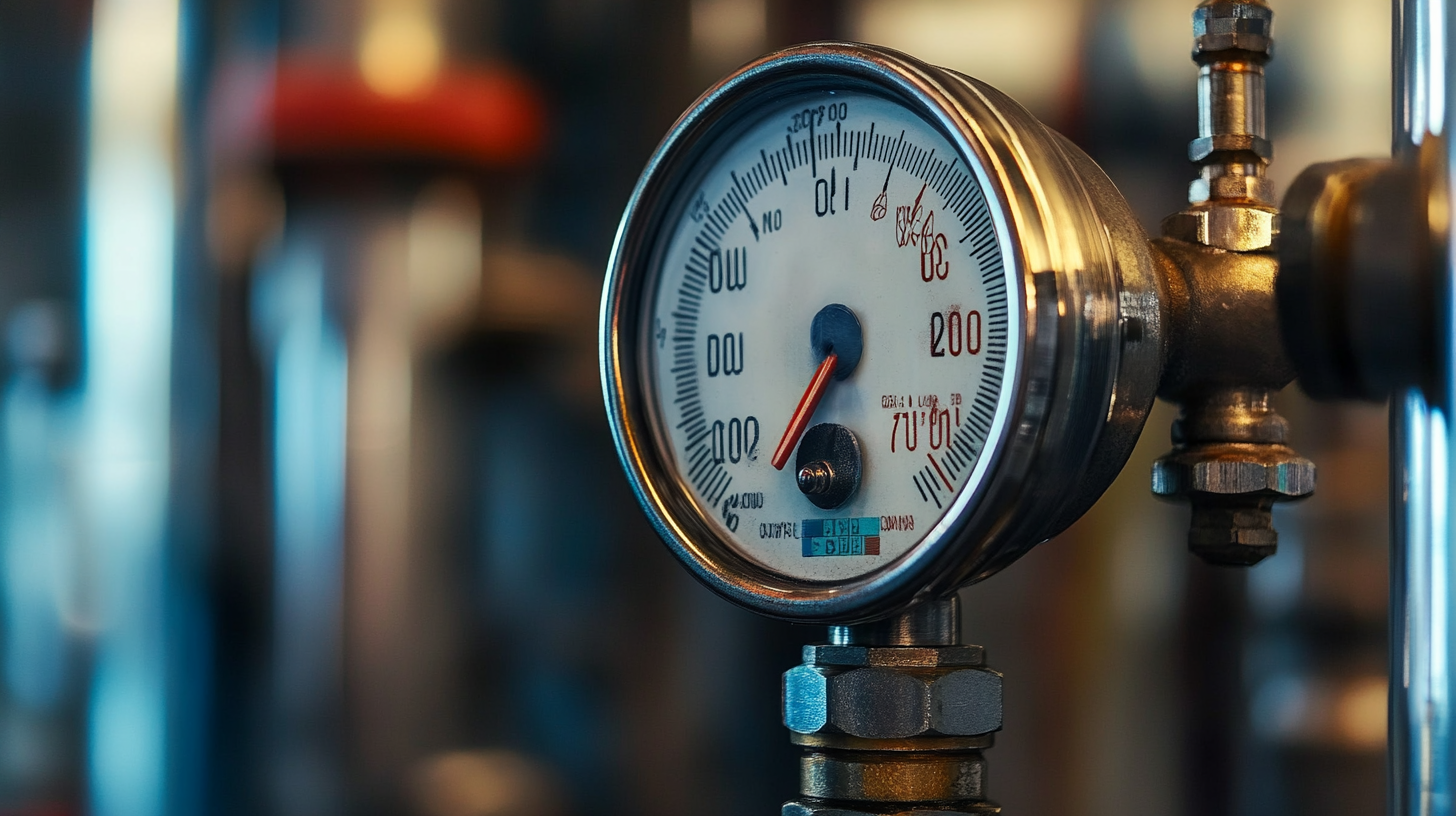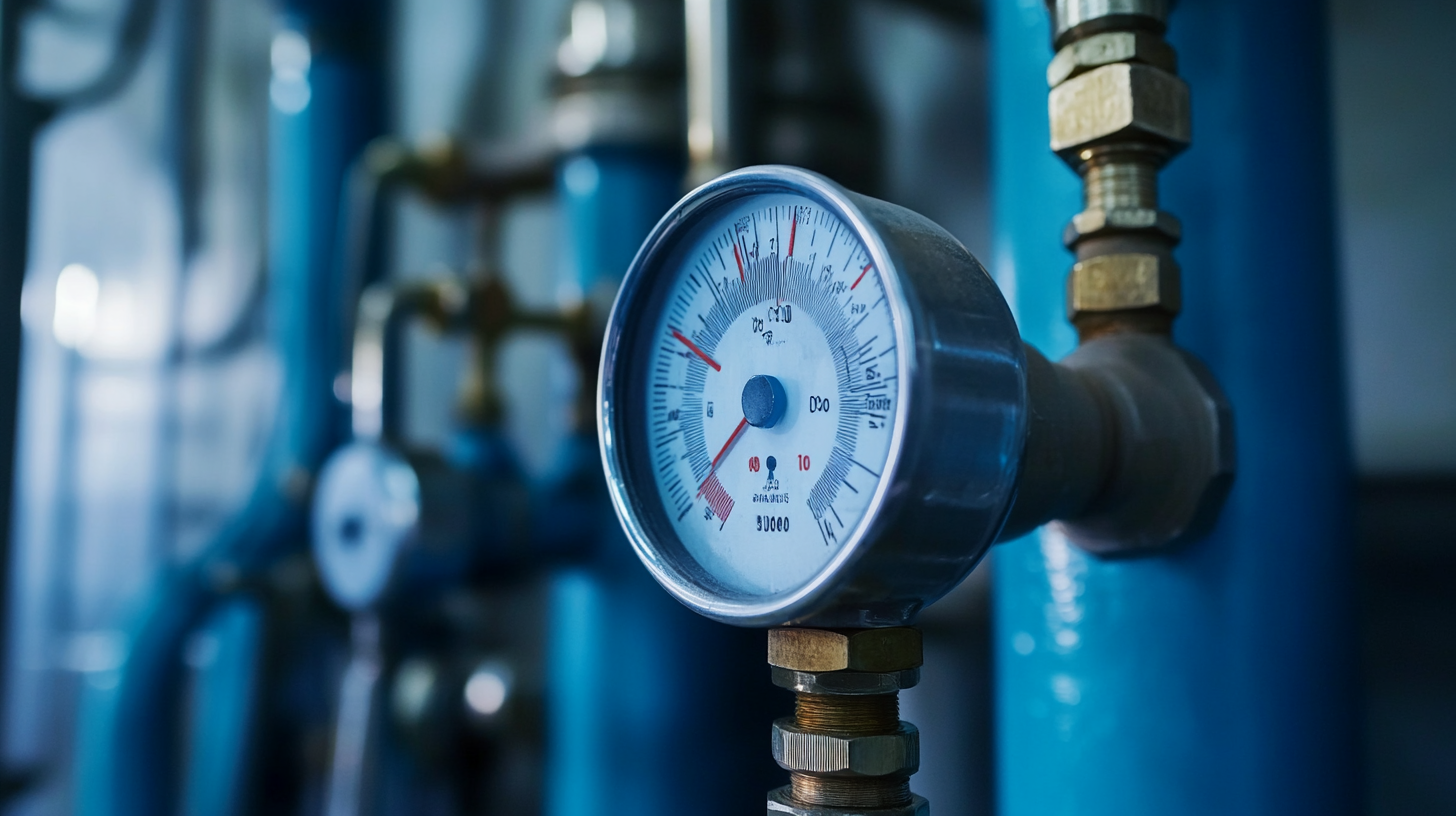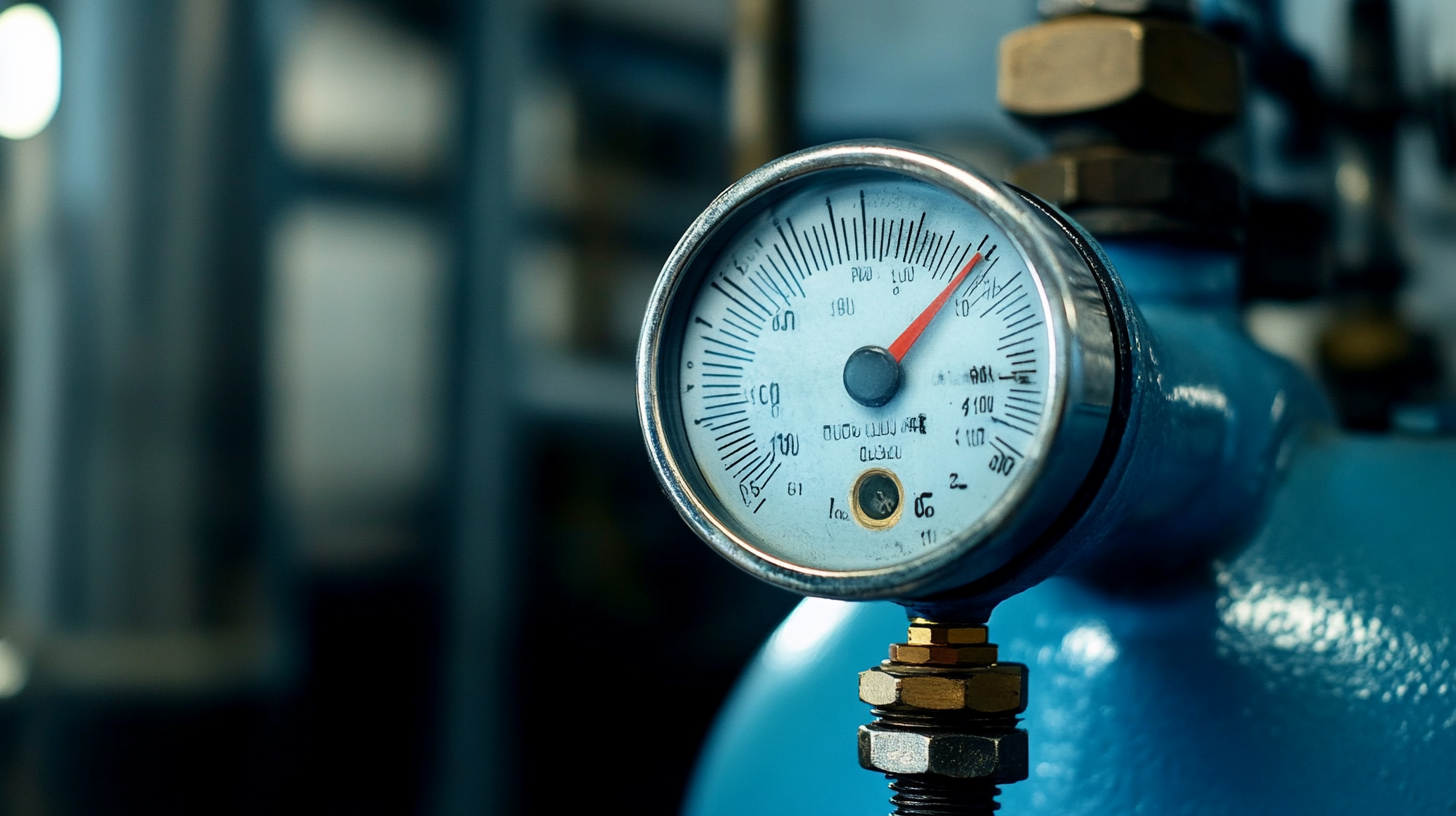-
Solutions
-
Waterworks
Pressure Reducing
Pressure Sustaining / Pressure Relief
Flow Control valves
Float Valves - Level Control
Electrically Actuated Valves
Pressure Modulation - Remote Control
Altitude Valves - Level Control
Burst Control Valves
Pump Control
CLA-VAL "HYTROL" Main Valve
Valve Controllers and Data Loggers
Air Valves
See allWaterworks
-
Military Fuelling
-
- About us
-
Blog
- Support
-
Contact
Blog
Ultimate Checklist for Selecting the Best Pressure Relief Solutions for Your Business
In today's competitive industrial landscape, ensuring the safety and efficiency of operations is paramount, especially when it comes to pressure relief systems. According to a report by the National Fire Protection Association (NFPA), improper pressure relief mechanisms can lead to catastrophic failures, resulting in an estimated annual cost of over $5 billion in damages and downtime. As businesses prioritize operational integrity and compliance with stringent safety regulations, selecting the right pressure relief solutions becomes critical. This ultimate checklist will guide you through the essential criteria and best practices for identifying high-quality suppliers, ensuring that your organization not only meets regulatory requirements but also enhances productivity and minimizes risk. Effective pressure relief systems are not just about compliance; they are integral to maintaining a safe working environment, thus highlighting the need for meticulous supplier selection in this crucial area.

Understanding Pressure Relief Solutions for Industry Applications
When selecting pressure relief solutions for industrial applications, it is crucial to understand the various types and their specific uses in different sectors. According to a report by the National Board of Boiler and Pressure Vessel Inspectors, about 90% of pressure relief valve malfunctions stem from inadequate selection and maintenance. This statistic underscores the importance of thorough evaluation when deciding on pressure relief systems. Industries such as oil and gas, chemical manufacturing, and pharmaceuticals all face unique challenges regarding pressure management, necessitating tailored solutions that meet stringent regulatory standards.
Different industries utilize varying pressure relief devices, including conventional pressure relief valves, rupture discs, and safety valves. A recent study by Market Research Future indicates that the global market for pressure relief valves is projected to reach $3.64 billion by 2025, reflecting a growing demand for innovative and reliable solutions across multiple sectors. By investing in the right technology, businesses can enhance safety and compliance while minimizing operational risks. Understanding the application-specific requirements of pressure relief solutions is essential for improving system reliability and ensuring optimal operational efficiency.
Ultimate Checklist for Selecting the Best Pressure Relief Solutions for Your Business
This bar chart represents the various applications of pressure relief solutions in different industries and their corresponding importance ratings based on a scale from 1 to 10.
Key Factors to Consider When Choosing Pressure Relief Systems
When selecting pressure relief systems for your business, several key factors must be considered to ensure optimal safety and efficiency. First and foremost, evaluate the specific requirements of your operations. This includes understanding the type of materials being processed, the expected pressure ranges, and the potential consequences of pressure excursions. Having a comprehensive grasp of these parameters will guide you in choosing a system that meets your operational needs while prioritizing safety.
Another critical aspect to consider is regulatory compliance. Different industries are subject to various standards and regulations that govern pressure relief systems. Ensure that the systems you choose not only meet industry standards but also align with local and international regulations. This will help mitigate the risk of legal issues and enhance the overall reliability of your operations. Furthermore, consider the ease of maintenance and support offered by the manufacturer, as ongoing maintenance is crucial for the longevity and performance of pressure relief systems.
Types of Pressure Relief Devices and Their Industry Standards
When selecting pressure relief solutions for your business, understanding the types of pressure relief devices available and their respective industry standards is crucial. Pressure relief devices come in various forms, including pressure relief valves, rupture discs, and pressure safety valves. Each of these devices is designed to manage excess pressure and prevent equipment failure, but they differ significantly in their operation, application, and suitability for different industrial environments.
Industry standards govern the design and testing of these devices to ensure safety and reliability. Organizations like the American Society of Mechanical Engineers (ASME) and the National Board of Boiler and Pressure Vessel Inspectors establish these standards to ensure that pressure relief devices can withstand the harsh conditions often present in industrial settings. For example, ASME provides guidelines for the sizing and selection of pressure relief valves, ensuring they can adequately protect the system they are meant to safeguard. Familiarizing yourself with these standards will help your business select the appropriate pressure relief solutions tailored to your specific operational needs, ensuring safety, compliance, and efficiency.
Compliance and Certification Requirements for Pressure Relief Solutions
When selecting pressure relief solutions for your business, understanding compliance and certification requirements is paramount.
Various industries are governed by specific regulations that dictate the safe and efficient operation of pressure relief devices. For instance, follow standards set by organizations like the American Society of Mechanical Engineers (ASME) or the National Board of Boiler and Pressure Vessel Inspectors, which outline criteria for design, manufacturing, and maintenance. Adhering to these regulations not only ensures safety but also protects your business from potential liabilities associated with non-compliance.
Moreover, certification from recognized bodies can significantly impact your choice of pressure relief solutions. Look for products that are compliant with industry standards such as API, ISO, or PED. These certifications provide assurance that the devices have undergone rigorous testing and meet the required safety and performance benchmarks. By prioritizing compliance and certification, you not only enhance the operational reliability of your pressure relief solutions but also foster confidence among stakeholders and regulatory authorities, ultimately contributing to a safer work environment.

Evaluating the Cost-Effectiveness of Pressure Relief Options for Businesses
When evaluating the cost-effectiveness of pressure relief options, businesses must consider both upfront investments and long-term savings. According to a report by the National Safety Council, improper pressure relief can lead to significant financial losses, with companies often facing costs ranging from $10,000 to over $1 million per incident due to equipment failure or compliance violations. Selecting the right pressure relief solutions not only mitigates these risks but can also enhance operational efficiency.
Investing in high-quality pressure relief valves (PRVs) can yield impressive returns. The American Society of Mechanical Engineers suggests that reliable PRVs can lower maintenance costs by up to 30% compared to lower-grade alternatives, providing a better cost-to-value ratio over the lifespan of the equipment. Additionally, businesses that perform a thorough cost-benefit analysis often find that integrating more effective pressure relief systems leads to reduced downtime and improved safety measures, translating into better overall productivity. By prioritizing the right solutions, companies can align their operational goals with strategic financial planning, ultimately reaping the rewards in the competitive market landscape.

CLA-VAL UK Limited
Dainton House
Goods Station Road
Tunbridge Wells
Kent, TN1 2DR
© 2025 CLA-VAL UK | site map | Terms and Conditions of Sale and Warranty | Privacy policy

